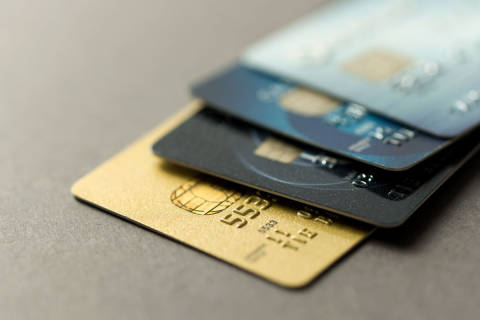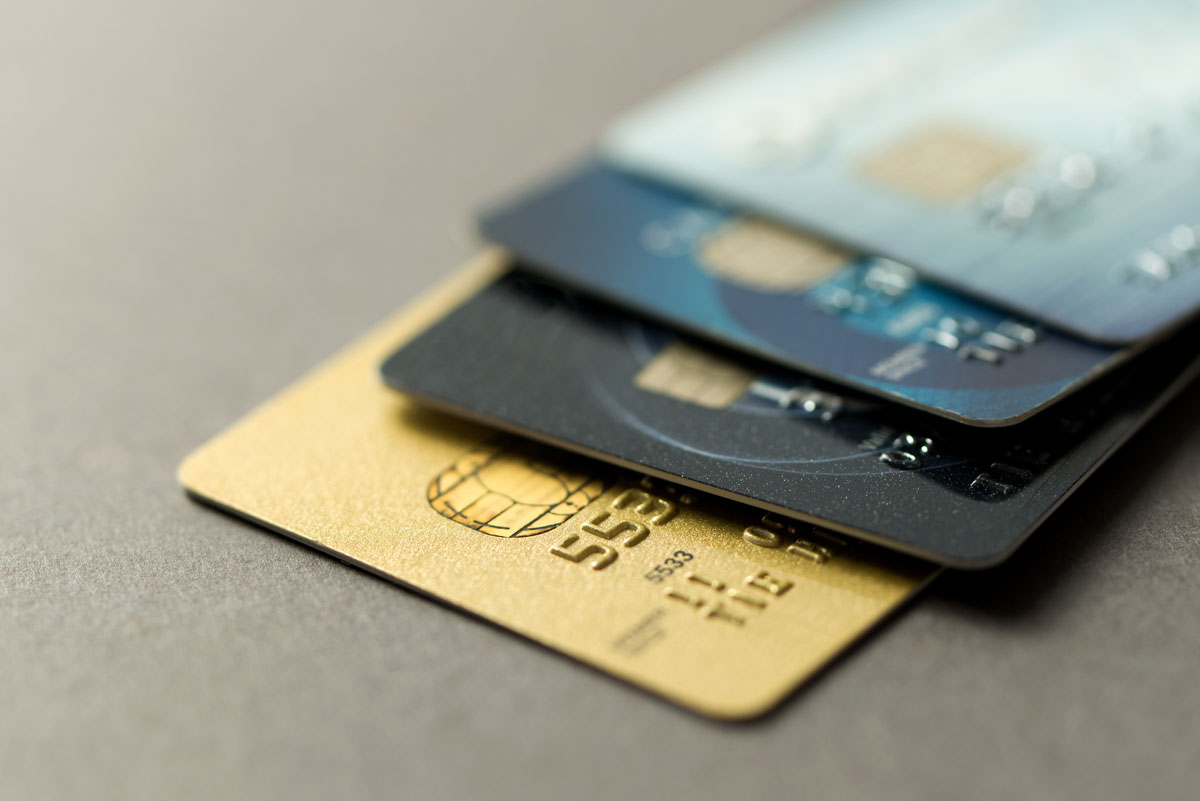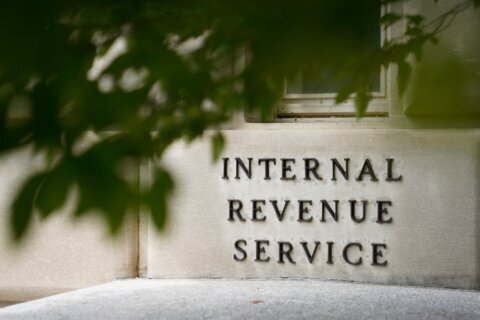
To some people, debt is a four-letter word that should be avoided at all costs. Rather than owe anyone a cent, proponents of a debt-free life espouse the use of cash for practically everything smaller than a house.
However, some finance professionals say that view might be short-sighted. “Don’t be afraid of debt — as long as it’s good debt,” says Michael Foguth, president and founder of Foguth Financial Group in Brighton, Michigan.
The problem is how to determine what constitutes “good” debt, and there is no clear answer to that question.
Bad debt is easy to spot. While the definition of good debt is up for debate, people are more unified on the subject of bad debt. “Credit cards have always been the poster child of bad debt,” says Myra Natter, a certified financial planner and wealth advisor with Titus Wealth Management in Larkspur, California. Unsecured and often subject to high interest rates, credit cards are an expensive way to finance a purchase.
[Read: The Pros and Cons of Paying Off Debts Early.]
Payday and personal loans are another category that often gets pegged as bad debt. Payday loans, in particular, come with high interest rates and carry the risk of trapping borrowers in a cycle of taking out new loans to pay off the previous one. Personal loans from banks may not carry the same high interest, but they are unsecured and often come without any strings. “You can do anything you want with [the money],” says Ash Exantus, director of financial education at BankMobile, a division of Customers Bank. According to Exantus, that means people could end up spending cash from a personal loan on impulse purchases or something of fleeting value. “It can be dangerous,” he says.
How to define good debt. Once past the obvious forms of bad debt, opinions differ on what can be considered good debt. “In my opinion, good debt is anything that can increase your assets,” Extantus says, which includes mortgages, student loans and business loans.
Foguth uses a two-prong approach to determine whether a debt is good. He considers whether the interest is low and whether it’s tax-deductible. As for defining low interest, he says, “I prefer it to be 5 [percent], but I’ll go as high as 6.” Both mortgages and student loans fit his criteria.
[Read: 10 Easy Ways to Pay Off Debt.]
Even if you have cash in the bank to pay off these loans, you may want to think twice. You may be able to earn more by investing the money. A low-interest mortgage could be worth holding on to if you itemize deductions. “It’s a different conversation if you take a standard deduction,” Foguth says.
Natter looks for debt to meet three requirements to be considered good. It must have reasonable interest, a predictable — rather than variable — payment and be secured. “Bad debt can be a deep hole to climb out of,” she says. But her criteria helps ensure borrowers won’t get in over their head, or, if they do, they have an asset available to sell.
When good debt goes bad. The problem with good debt is that it doesn’t always stay good. Natter notes a business loan can be very beneficial, but only if the business takes off. “While it could be the best loan you’ve taken, you have to think, ‘what if?'” she says. “What if X, Y and Z circumstances change in my life?” Without a plan for how to address debt when interest rates rise or the bottom falls out on the business, that potentially life-changing debt could sink a family’s finances.
Some people may also assume debt is good when it really isn’t. Extanus says he sees it most often with car loans. People claim an auto loan is good because it helps them get to their job, but a loan isn’t always necessary. “You can save $1,000 and buy a car,” Extanus says. “But instead of the $1,000 car that gets you from point A to B, you want the $10,000 car that looks and drives nicer.”
[Read: The Best Method for Paying Off Each Kind of Loan.]
Student loans fall into a similar category. While higher education is needed for many jobs, some students may go to school without any discernible purpose. Then, when they graduate, they go back to school for a second degree because they still aren’t certain about their careers goals. In these situations, student loans can quickly spiral out of control and cease to be a good debt.
To avoid falling into a bad debt trap, consumers should have clear expectations of why they are borrowing money and how it will benefit their financial situation in the long run. Without knowing this, it is difficult to argue that any debt could be good debt.
More from U.S. News
How This Millennial Paid Off $81,000 in Student Loan Debt
How to Manage Your Debt as Interest Rates Rise
7 Times It Makes Sense to Refinance a Loan
Is There Really Such a Thing as ‘Good’ Debt? originally appeared on usnews.com








